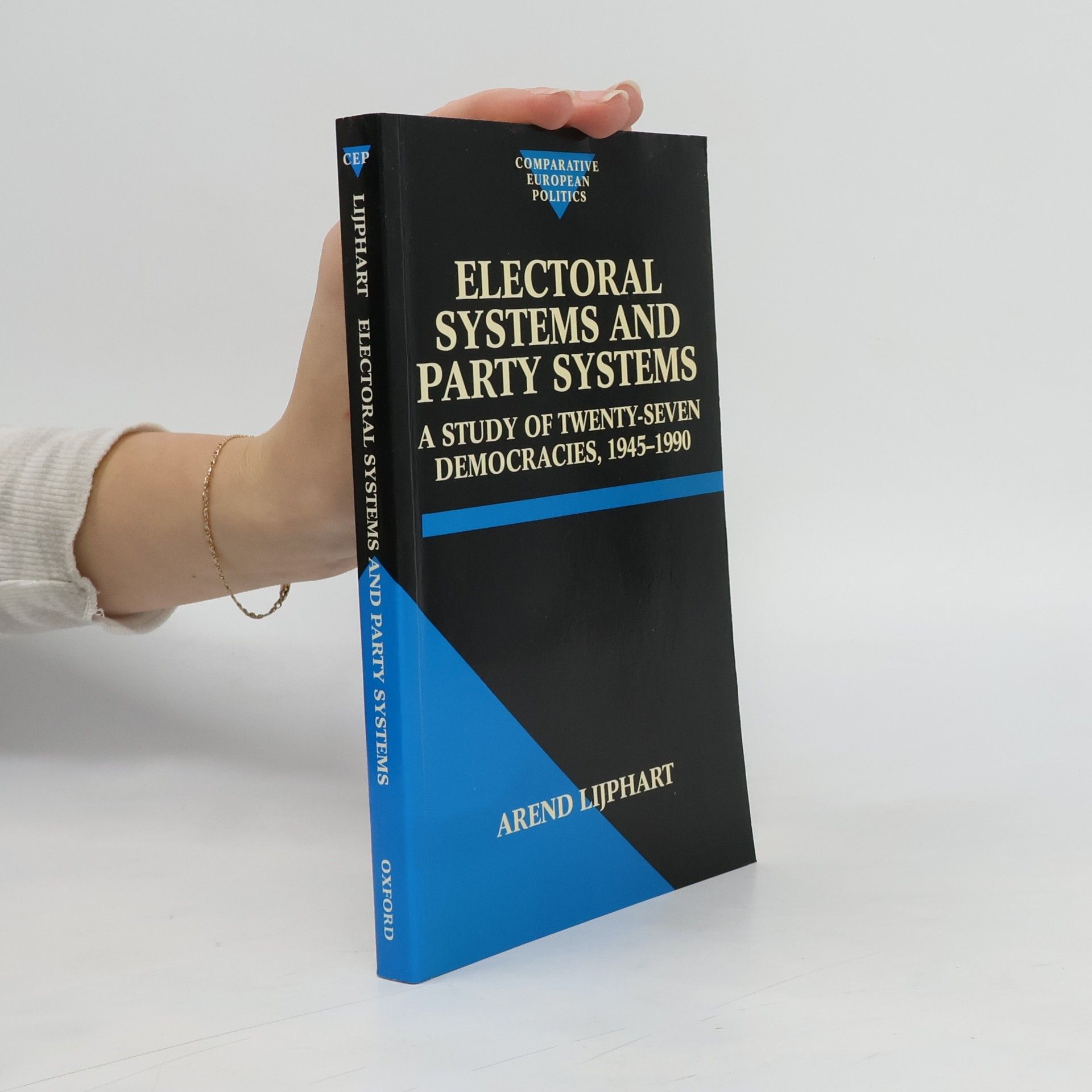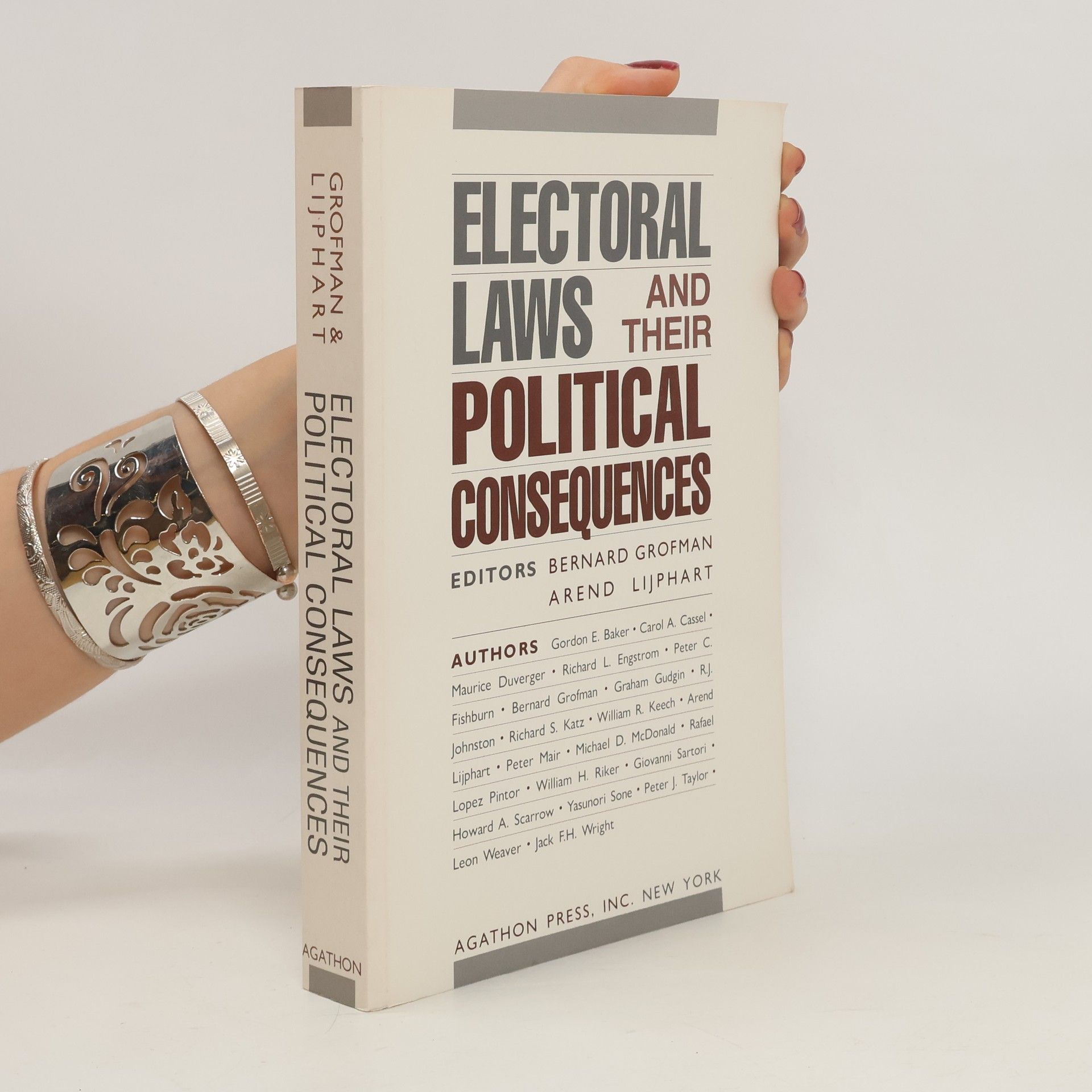Electoral Laws and Their Political Consequences
- 352 pages
- 13 hours of reading
The aim of this book is to provide an overview of recent research on electoral laws and their political consequences by scholars who have helped shape the field.




The aim of this book is to provide an overview of recent research on electoral laws and their political consequences by scholars who have helped shape the field.
Power Sharing and Majority Rule in Theory and Practice
Renowned for his significant contributions to the study of democracy and comparative politics, Arend Lijphart has established himself as a leading figure in political science. His influential research and theories have shaped the understanding of democratic systems and their variations across different contexts, making him a key reference for scholars and students alike.
"In this updated and expanded edition of his classic text, Arend Lijphart offers a broader and deeper analysis of worldwide democratic institutions than ever before. Examining thirty-six democracies during the period from 1945 to 2010, Lijphart arrives at important -- and unexpected -- conclusions about what type of democracy works best." -- Publisher's website
A Study of Twenty-Seven Democracies, 1985-1990
An electoral system is the most fundamental element of representative democracy, translating citizen's votes into representatives' seats. It is also the most potent practical instrument available to democratic reformers. This systematic and comprehensive study describes and classifies the 70 electoral systems used by 27 democracies - including those of Western Europe, Australia, Canada, the USA, Costa Rica, India, Israel, Japan, and New Zealand - for 384 national legislative and European Parliament elections between 1945 and 1990. Using comparative and statistical analyses of these systems, Arend Lijphart demonstrates the effect of the electoral formula used, the number of representatives elected per district, electoral thresholds, and of five other key features of electoral systems on the proportionality of the election outcome, the degree of multipartism, and the creation of majority parties. In the process he reveals that electoral systems are neither as diversenor as complex as is often assumed. Electoral Systems and Party Systems represents the most definitive treatment of the subject since Rae's classic study in 1967, based as it is on more accurate and comprehensive data (covering more countries and over a longer time span), and using stronger hypotheses and better analytical methods. The unique information and analysis it offers will make it essential reading for everyone working in the field.